Overview
Map
Other Details
كنيسة مار يوسف
Fraikeh
Metn
Mount Lebanon
كنيسة مار يوسف - الفريكةبنيت الكنيسة سنة ١٨٧٦ وكانت وقفًا خاصًا لآل الهاشم. في ٢٦ تشرين الثاني سنة ١٩٠٠ إشتراها الأهالي بمصادقة المطران نعمة الله سلوان فأصبحت كنيسةً رعائيّة. الكنيسة كناية عن عقدٍ مصالبٍ ينتهي بحنية. لوحة مار يوسف تعود لسنة ١٩٢٨.The church of St Joseph - El FraykehThe church was built in 1876 as a private chapel for the Al Hashem family. On the 26th of November 1900, the locals bought the church, and it was created a parish with the approbation of Mgr. Nemtallah Selwan Bishop of Cyprus. The church is a cross vaulted structure ending with a nave. The painting of St Joseph dates back to 1928.
Visited 2721 times, 4 Visits today


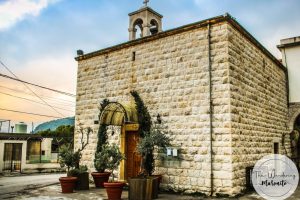
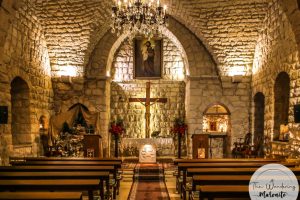
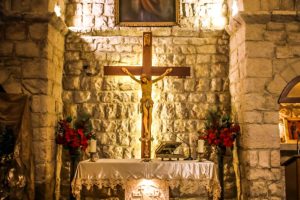
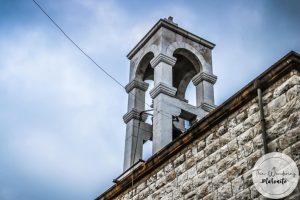




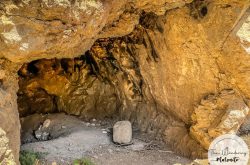
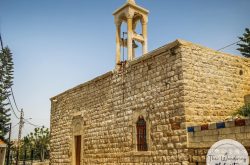
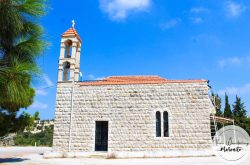
Reviews are disabled, but trackbacks and pingbacks are open.